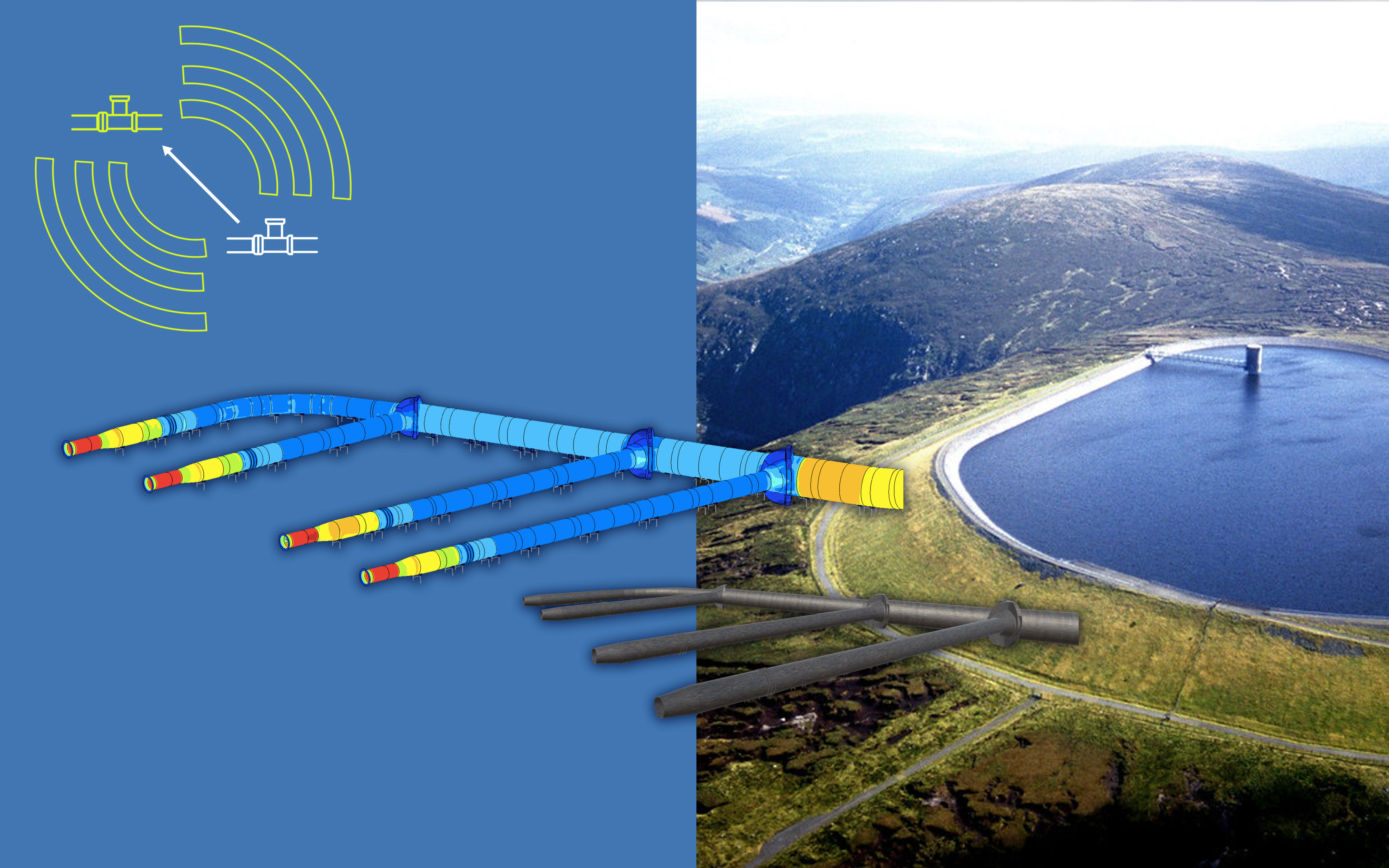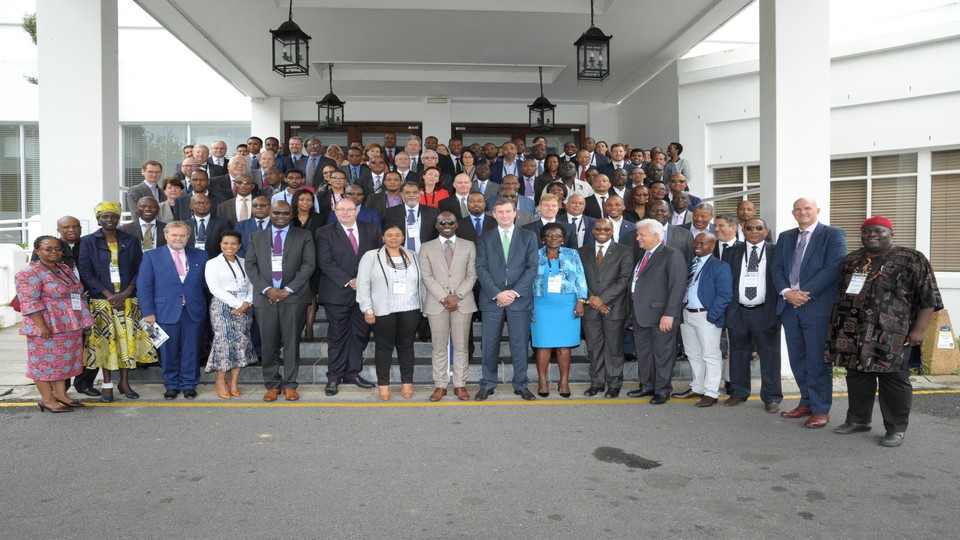782 results found
Featured results



More results
For the second year the conference gathered Brazilians and foreign professionals from the infrastructure public and private sector. The conference focused on the role of privatisation of infrastructure assets, PPPs and Concessions for the next wave of Brazilian infrastructure projects as part of the 20 year infrastructure program 2018 to 2038.
Brazil has become the largest market for public-private partnerships (PPPs) in Latin America, having invested around USD $386 billion in infrastructure from 1990 to 2017
The World Economic Forum, the Global Infrastructure Hub (GI Hub) and Meridiam on Wednesday launched a new partnership to help governments across Africa build infrastructure procurement capabilities within their civil services.

The exercise is part of an annual ranking of the PPP context across countries undertaken by the World Bank group.
In Buenos Aires on 23 March, the G20 Finance Ministers announced that infrastructure would remain a priority for at least the next three years—a very welcome announcement for those in the private sector who have long called for greater global coordination of efforts in this area.
The PDMF Guidelines provide the detailed process to be followed by the Implementing Agencies (IAs) in order to apply for PDMF support for project preparation activities and more.

These Guidelines provide a viable framework for prospective bidders (Proponents) to submit innovative and unique ideas (Unsolicited Proposals).

These Guidelines provide a viable framework for prospective bidders (Proponents) to submit innovative and unique ideas (Unsolicited Proposals).

An industry event about the need to attract private capital and develop infrastructure as a standalone asset class is nothing new. However, the G20 Infrastructure Financing Seminar that took place in London last week was unique in that it had the most wide-ranging and intense interactions between governments and the private sector that I have seen to-date.
Over the past few decades, there has been substantial change in living standards globally. Keeping pace with profound economic and demographic changes will require a significant increase in infrastructure investment.
The main point of this report is to provide quantitative evidence of how improving utility management and more accurately targeting smaller subsidies would free up enough resources to make the needed investments and operate the sector at a lower cost.

While 2017 was an eventful year for the Global Infrastructure Hub (GI Hub), 2018 is shaping up to be even busier.
The investment life cycle and High Value High Risk (HVHR) Framework (life cycle guidelines) apply to all government departments in the state of Victoria and support the development of business cases for capital investments.

The purpose of this manual is to contribute to improvements in the quality of infrastructure regulation.



A major factor hindering infrastructure implementation and delivery is the absence of good governance, according to the 130 delegates from 27 countries who came together for the first Regional Roundtable on Infrastructure Governance in Cape Town in November.
The European Investment Project Portal (EIPP) and the Global Infrastructure Hub (GI Hub) announce their cooperation to exchange projects for publication on their websites.










 Download the event summary
Download the event summary





